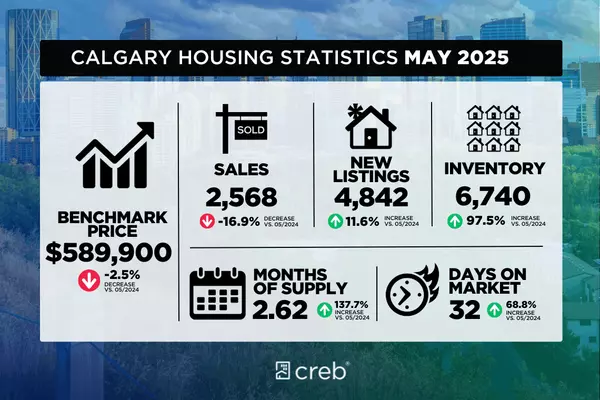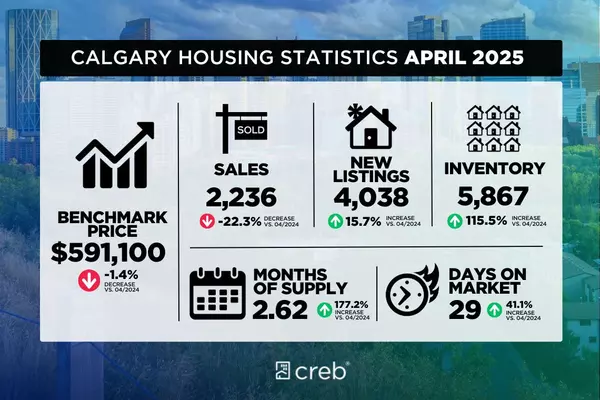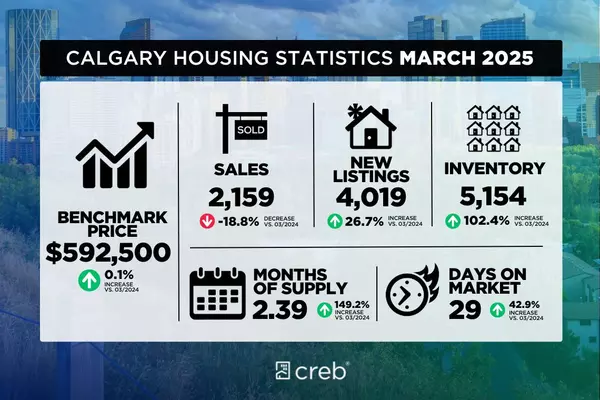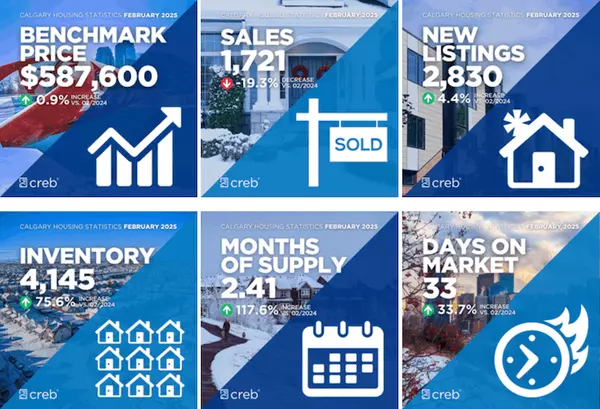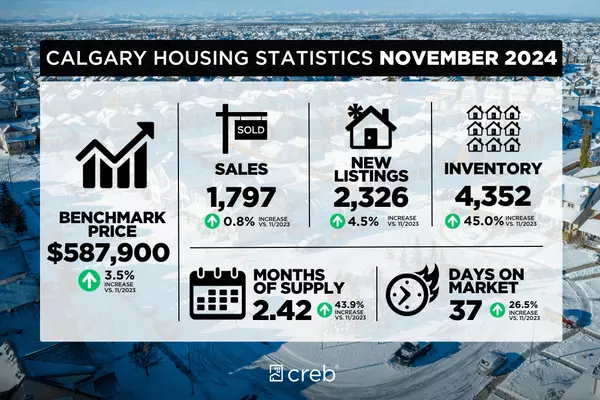Population Growth Fuels Sellers' Market

No doubt you have heard about the busy housing market in Calgary and area but you also hear about rising interest rates and expect the market to change. The truth is that Alberta is again going through a period of population growth and it is a case of high demand for housing vs low supply. Generally speaking, people have been reluctant to list their homes while housing starts haven't kept up with growth.
“Continued migration to the province, along with our relative affordability, has supported the stronger demand despite higher lending rates,” said CREB® Chief Economist Ann-Marie Lurie. “At the same time, we continue to struggle with supply in the resale, new home and rental markets resulting in further upward pressure on home prices.”
In July, the unadjusted total residential benchmark price reached $567,700, marking the seventh consecutive monthly gain. Prices are now over four percent higher than the previous peak in May of 2022.
What this means to you
The present sellers' market is projected to continue into the foreseeable future. If you are hoping to buy or sell then this might be as good of a time as any. There aren't enough homes for population growth and inflation as well government policies aren't making housing more affordable. If you are able to sell and downsize then you are in an enviable position. If you are looking for a home, properties won't get cheaper until something changes.
Alberta population as of 1st quarter 2023
Alberta population estimates
Alberta’s population growth rate over the first quarter was 1.22%, significantly higher than that of Canada, which was 0.7%. Only P.E.I had slightly higher growth at 1.24%. Among the 4 largest provinces, Ontario had the next fastest first quarter growth at 0.72%, with B.C. and Quebec coming in at 0.72% and 0.50% respectively.
- International net migration was the biggest driver of Alberta’s growth in the first quarter, contributing 0.77%, followed by net interprovincial migration at 0.34% and natural increase at 0.10%.
International Migration
- International migration contributed 35,932 net new residents to Alberta in the first quarter of 2023.
- Alberta welcomed 17,141 immigrants in the first quarter.
- Canada welcomed 145,417 immigrants in the first quarter, the highest figure in the current data series (starting in 1972). The national immigration target for the calendar year 2023 is 465,000.
- Alberta’s share of national immigration was 11.8% of total arrivals to Canada. This share was 0.6 percentage points above that of the same period last year (11.2%).
- Record first quarter net inflows of non-permanent residents (20,252) bolstered international migration. The category of non-permanent residents (NPR) includes temporary foreign workers, international students, and refugee claimants. While the level of net NPRS at the national level decreased over the previous quarter, a greater share came to Alberta.
- Nationally, major factors influencing NPRs include an increase in work permit holders, as well as migrants fleeing conflict in Ukraine.
Interprovincial Migration
- By a large margin, Alberta posted the largest net interprovincial gain of all provinces/territories in the first quarter (15,786). Besides Alberta, only the Atlantic provinces of New Brunswick (1,980), Nova Scotia (2,690) and P.E.I. (790) registered a notable net gain of interprovincial migrants. Newfoundland and Labrador also saw a small positive net gain.
- This was the fifth quarter in a row that Alberta registered the highest net interprovincial gains.
- On a net basis, Alberta gained the most interprovincial migrants from Ontario (7,693), B.C. (3,500), Manitoba (1,262) and Saskatchewan (1,621).
Natural Increase
- Natural increase (births minus deaths) added 4,876 people in the first quarter of 2023.
- There were 12,428 births and 7,552 deaths recorded.
- Alberta’s natural growth rate of 0.10% outpaced the rates for Saskatchewan (0.09%), Manitoba (0.06%) and Ontario (0.03 %).
Alberta population 2023 - 2051

Highlights: 2023-51 medium (reference) scenario
In 2051, Alberta’s population is expected to:
- reach over 7.1 million people, an increase of almost 2.6 million people from 2022
- become older, with an average age of 41.6 years, up from 39.0 years in 2022
- become increasingly diverse, as arrivals from other countries account for about 55% of the expected growth over the projection period
- become more concentrated in urban centres, especially along the Edmonton-Calgary Corridor; 81% of Albertans are expected to live in this region by 2051

Categories
Recent Posts
